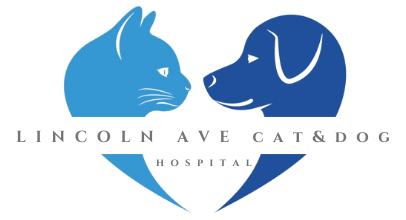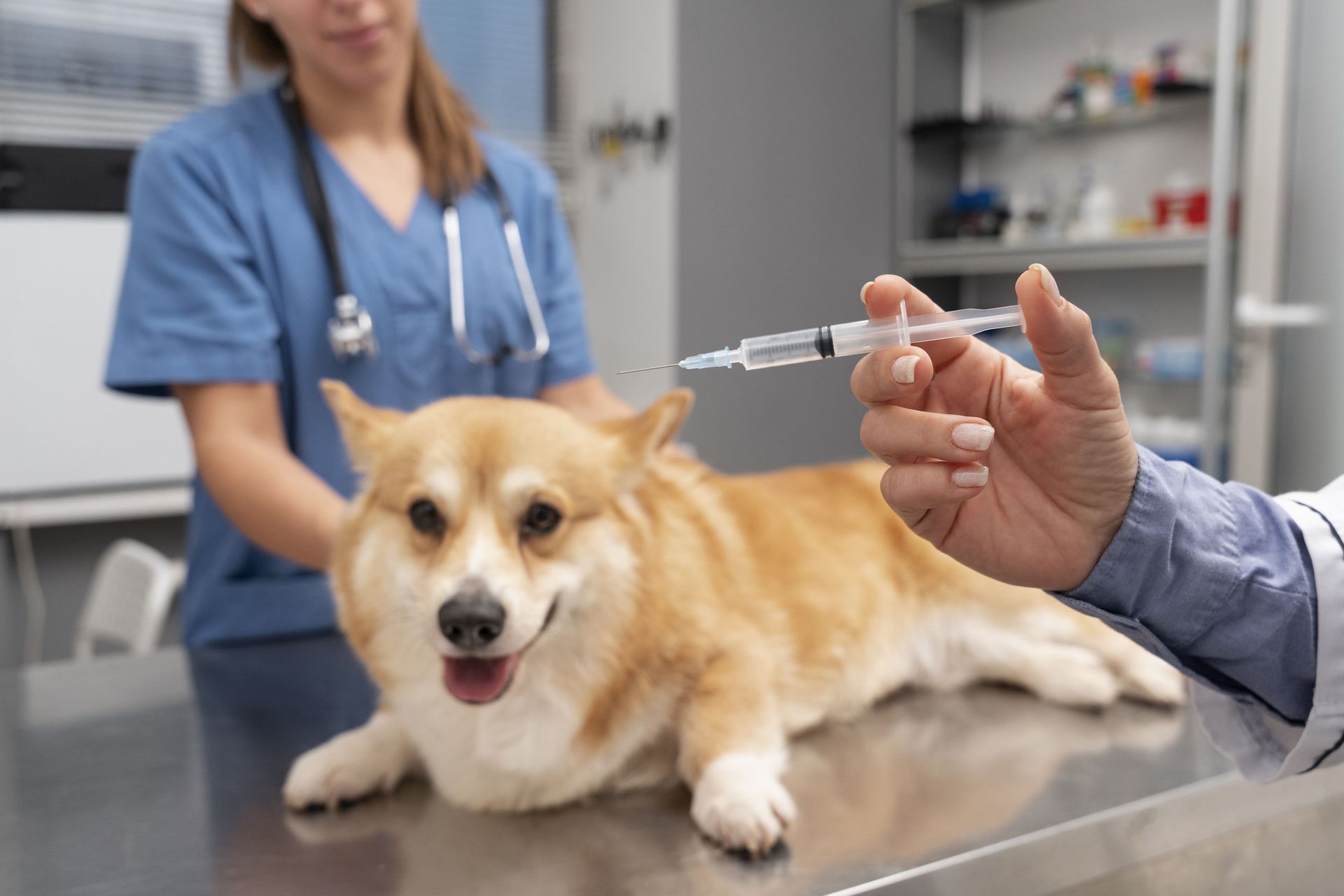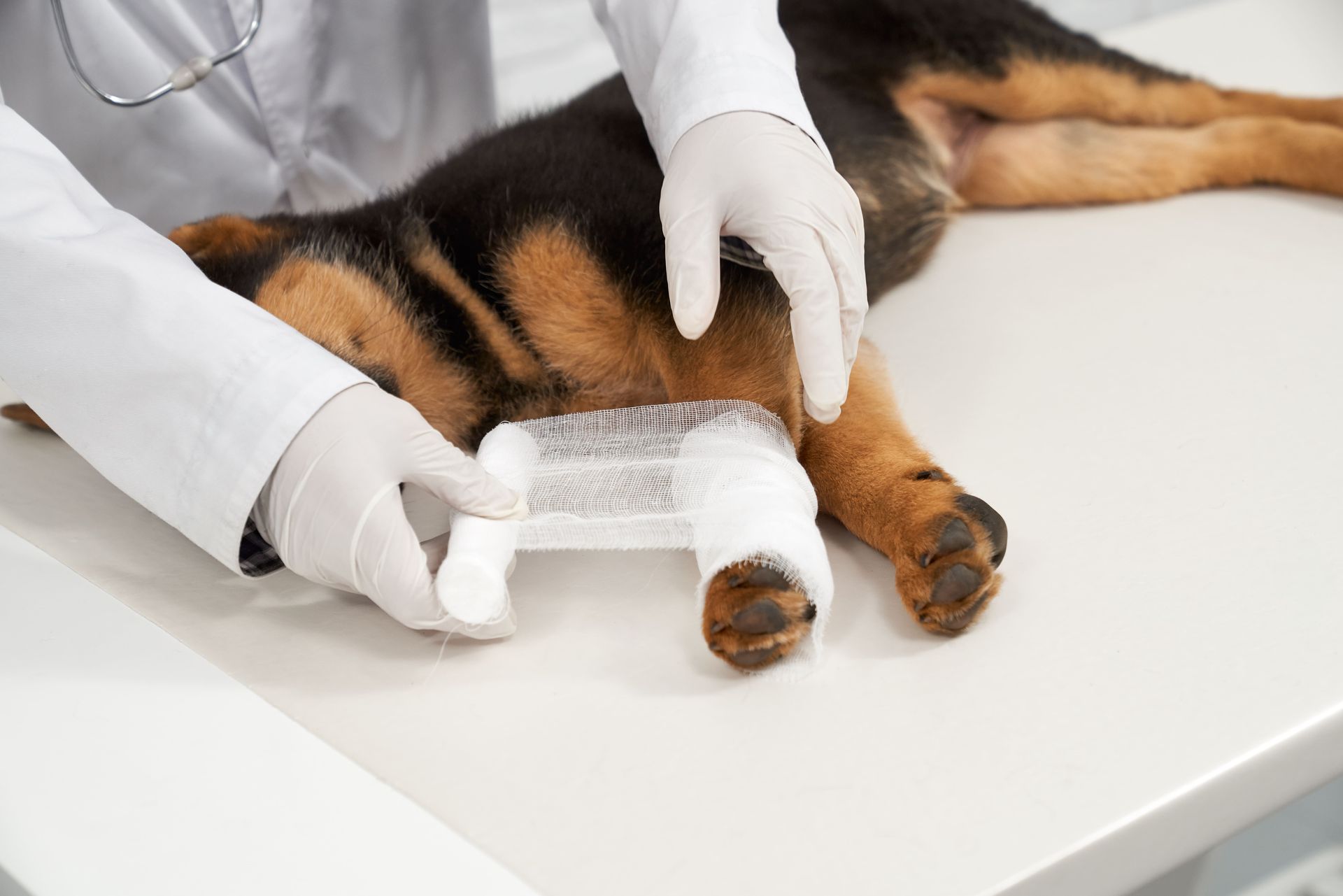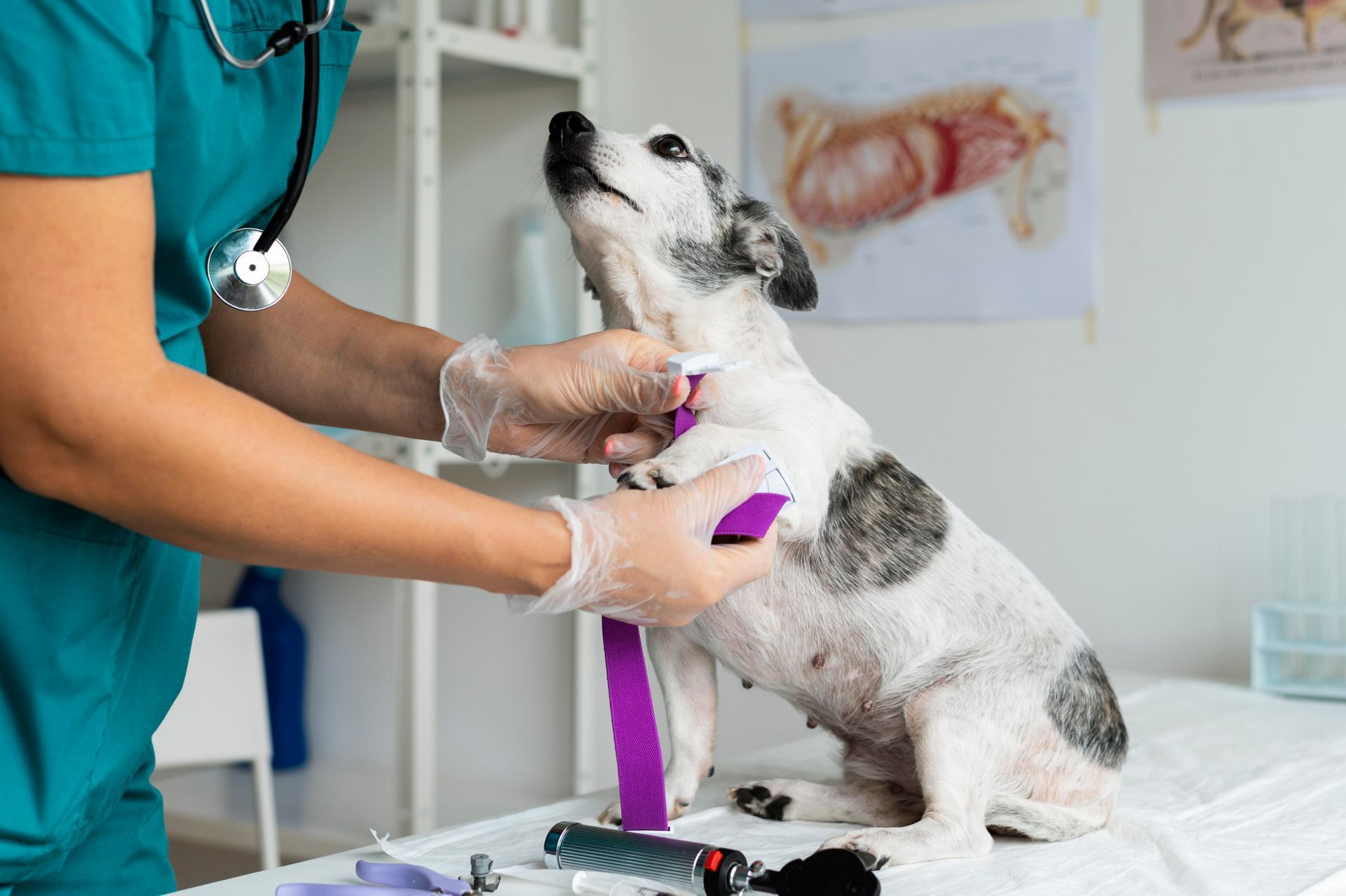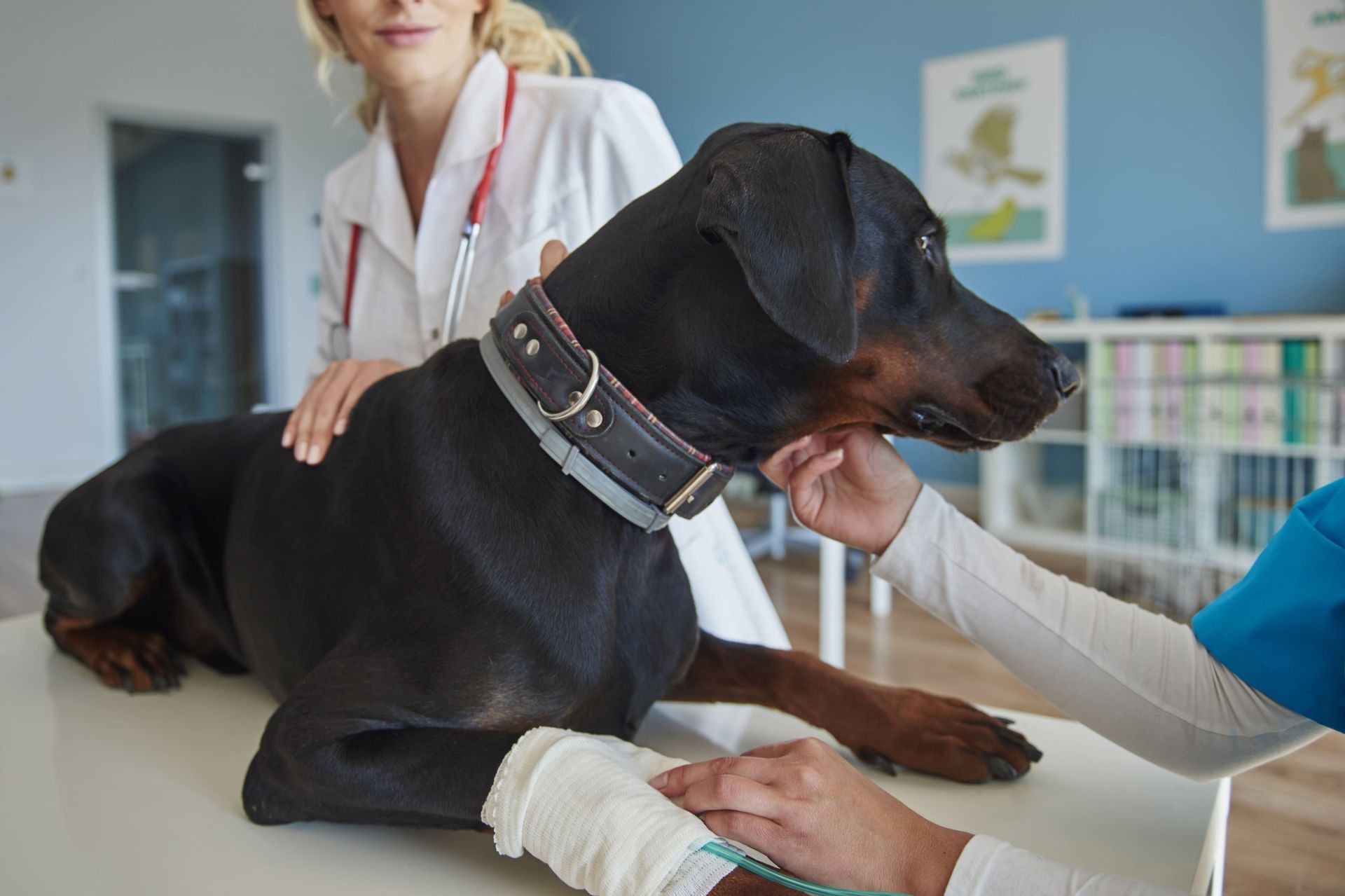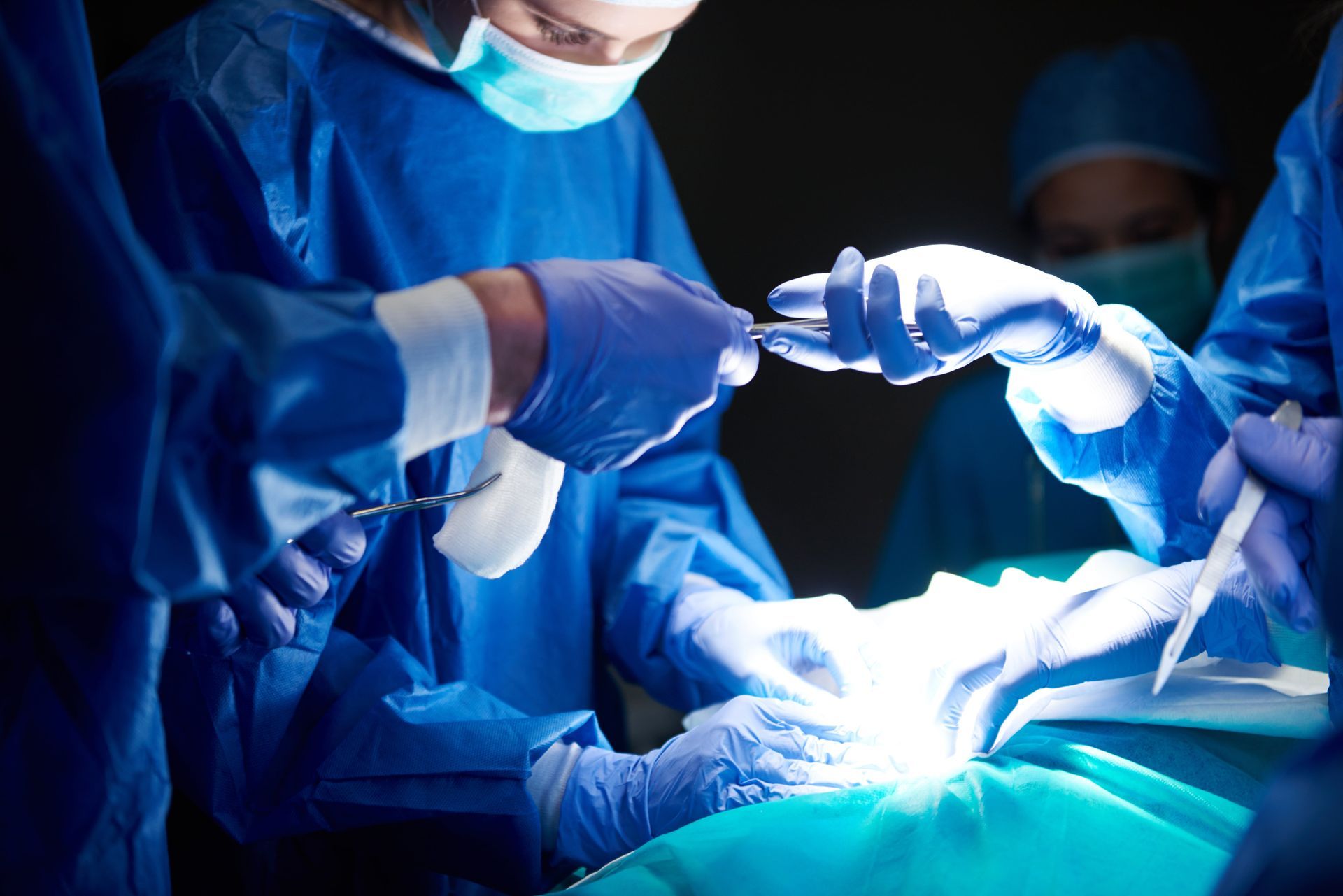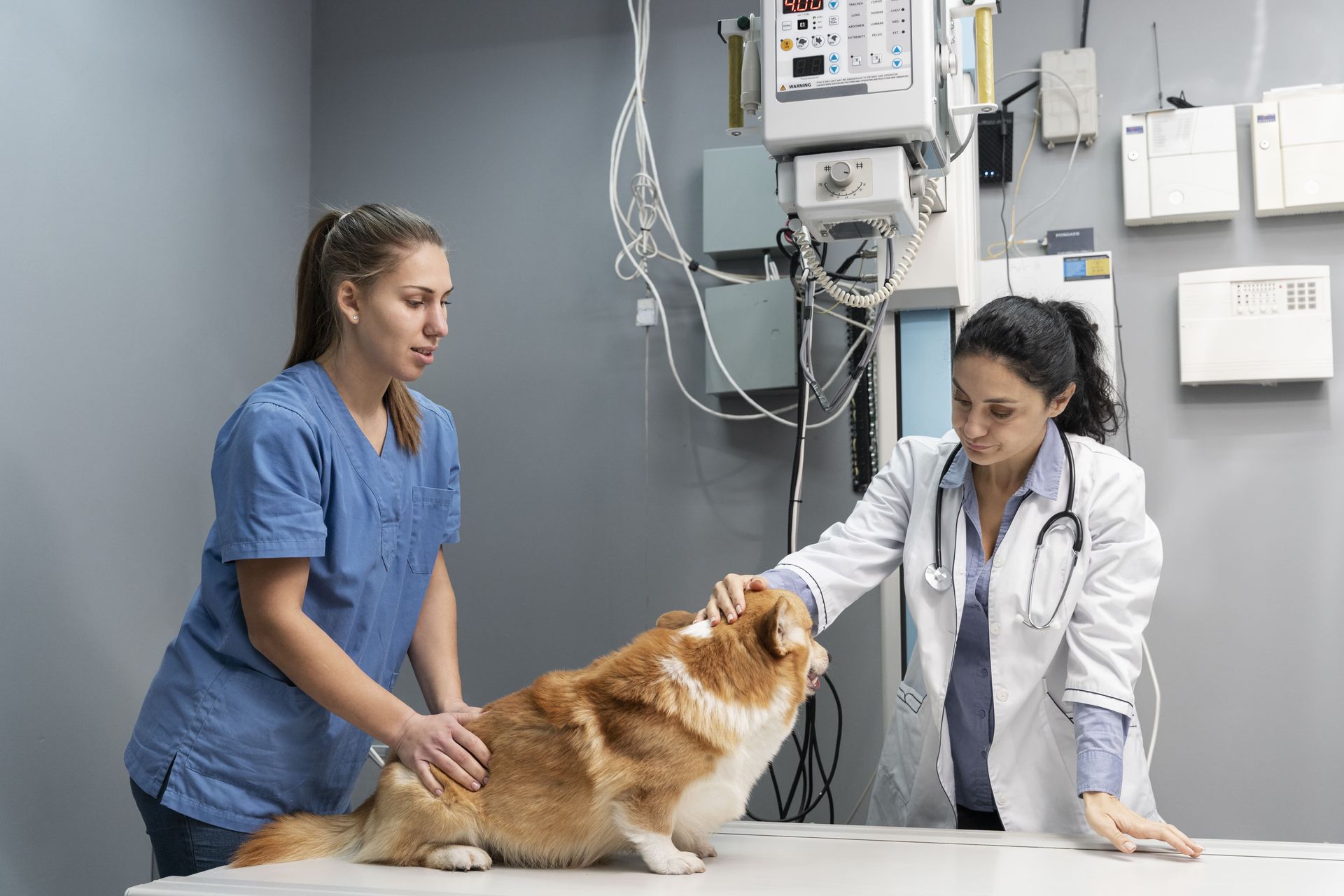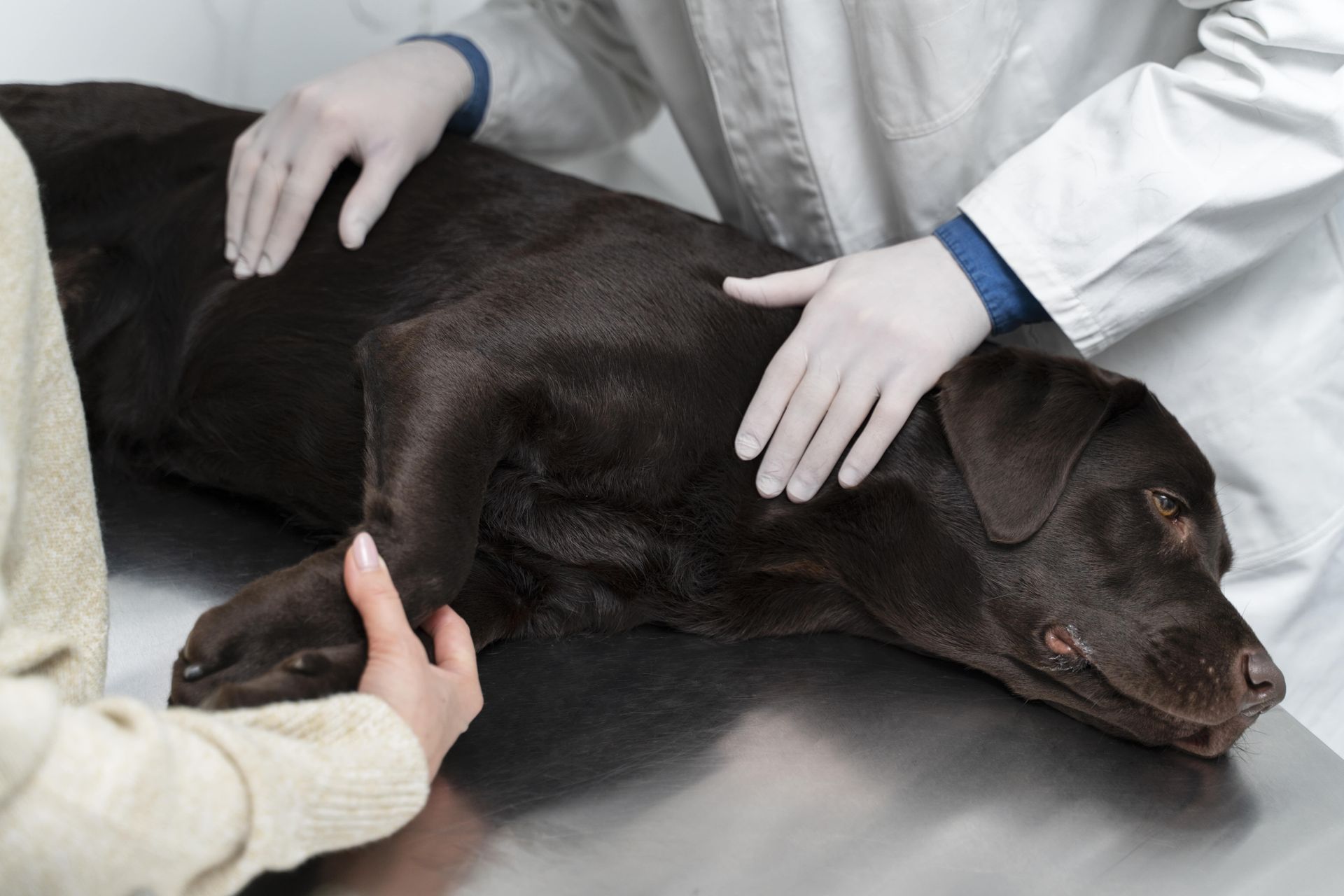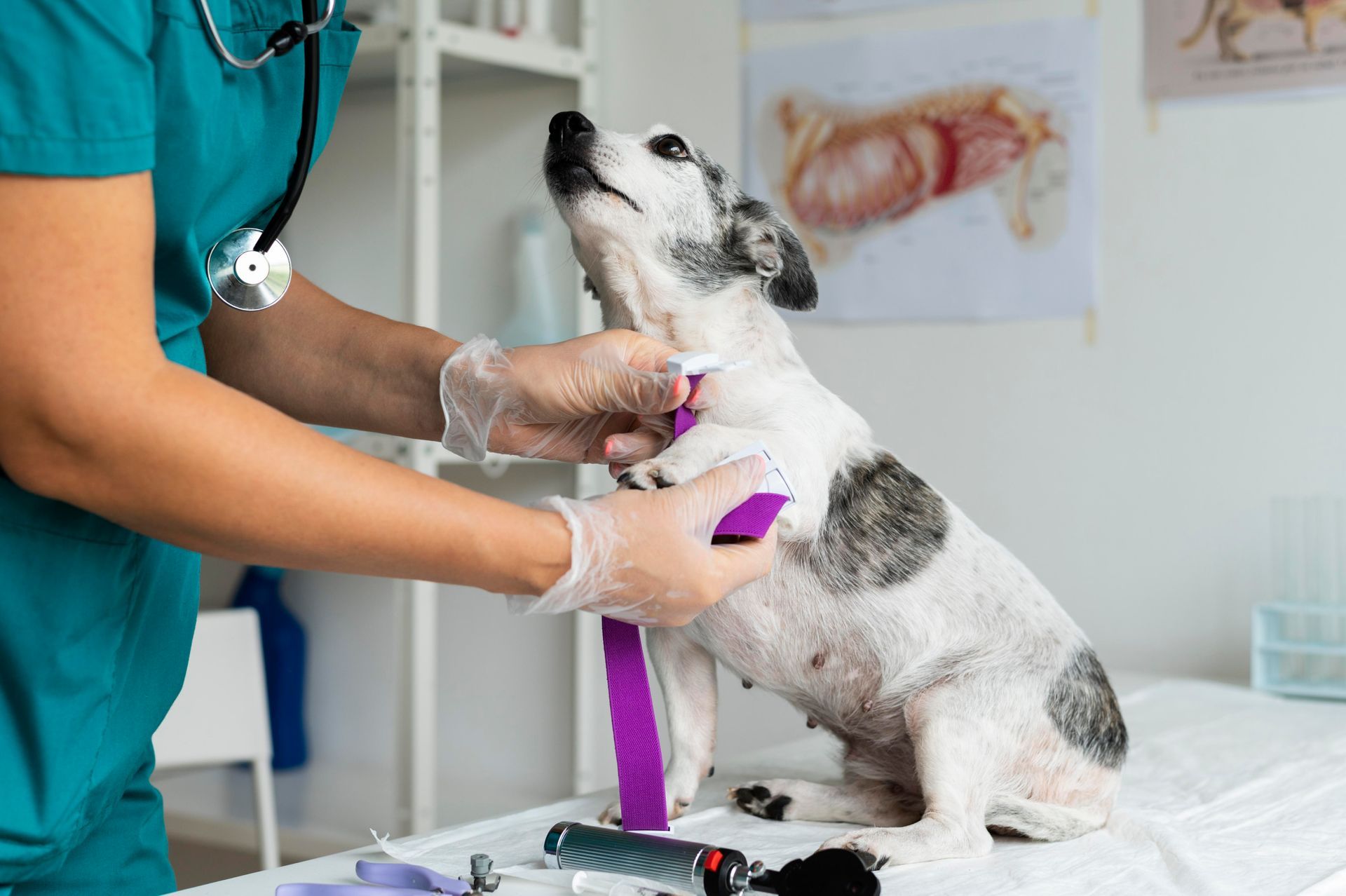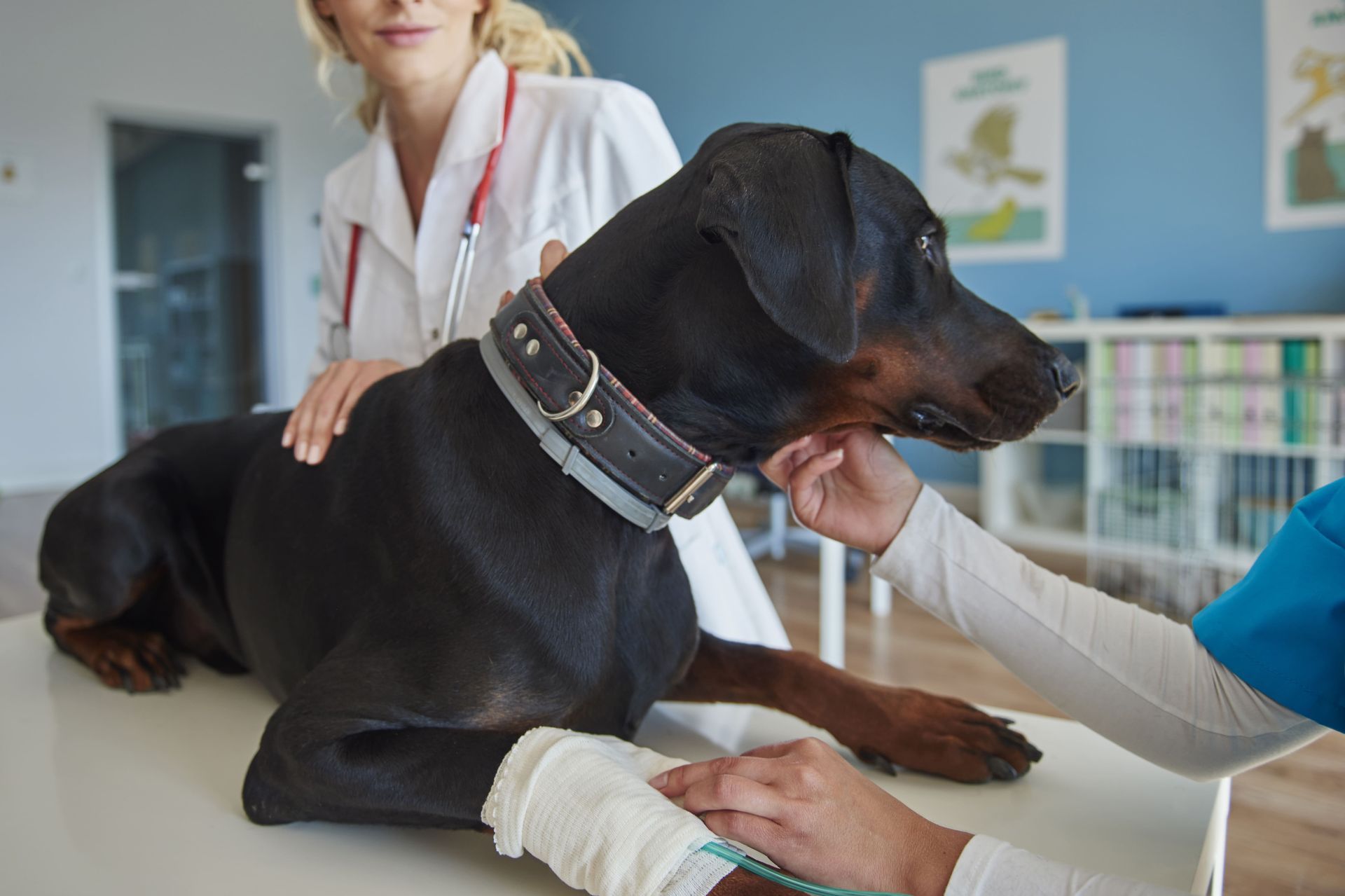10 Signs Your Pet Might Need Advanced Orthopedic Care
As devoted pet owners, we naturally want our furry companions to lead long, happy, and pain-free lives. But sometimes, our pets show subtle signs that go beyond the need for routine care, especially when it comes to their bones, joints, and overall mobility. These signs can be easy to overlook, yet they often point to deeper orthopedic concerns that require attention. That’s where advanced orthopedics comes in. From persistent limping and stiffness to changes in behavior or activity levels, orthopedic issues in pets can affect their quality of life significantly if not addressed early. Recognizing these red flags can help ensure timely intervention, comfort, and improved movement for your beloved pet. Thanks to the progress in veterinary medicine, there are now advanced orthopedic treatments ranging from physical therapy to surgical correction that can make a world of difference. Let’s explore the key signs your pet may need advanced orthopedic care.
1. Persistent Limping or Stiffness
Limping or stiffness that persists beyond a few days could indicate an underlying orthopedic issue. This is especially true if the limping or stiffness seems worse after exercise or first thing in the morning. Noticing such behavior warrants a visit to the vet. Persistent limping can be indicative of more serious issues, such as ligament damage or arthritis. Identifying such signs early can help in administering the right treatment that alleviates pain and improves mobility.
Pets, much like humans, can suffer from joint pain, which might not always be apparent at first sight. When your dog or cat exhibits persistent stiffness, especially during colder months or abrupt weather changes, it’s vital to consider that their joint health might be compromised. Advanced orthopedics treatment options are increasingly innovative, offering solutions from physical therapy to surgical interventions that can vastly improve your pet’s quality of life.
2. Difficulty in Climbing Stairs or Jumping
If your pet hesitates to climb stairs, jump onto furniture, or get into the car, this could suggest joint pain or discomfort requiring advanced orthopedic care. Such reluctance is not just a sign of aging; it could point towards conditions like osteoarthritis or hip dysplasia, which affect mobility. Consulting a veterinarian for a proper diagnosis can lead to treatment plans tailored to ease your pet's discomfort and improve their range of movement.
Jumping and climbing are activities that most pets enjoy as a part of their daily routine. When a pet suddenly avoids these activities, it’s essential to rule out orthopedic concerns. Innovative treatments such as hydrotherapy have been known to assist in easing joint pressure and improving flexibility in pets with such conditions. These therapies not only provide considerable relief but can also act as preventive care to halt further degeneration of the joint structures.
3. Visible Swelling or Lumps
Noticeable swelling or lumps around your pet's joints or limbs can be a sign of inflammation or other orthopedic issues that need professional evaluation. Swelling might be visible when a joint is overused or injured, similar to how humans experience sprains or strains. Immediate attention is necessary, as leaving such conditions untreated could exacerbate pain or develop into chronic issues.
It's important to monitor any new growths or unusual bumps on your pet's body, as they might signal more than just benign conditions. Such symptoms can also indicate infections or diseases that require timely diagnosis and intervention. Regular check-ups and imaging tests like X-rays, often used in advanced orthopedics, can help in early detection and treatment, ensuring that your pet receives the best care possible at the right time.
4. Changes in Gait
A change in the way your pet walks, such as an uneven gait or a pronounced limp, could be a sign of problems with their bones or joints. An altered gait pattern often indicates discomfort and may be linked to developmental issues or injuries that require orthopedic correction. Observing such changes should prompt a visit to a veterinarian who can recommend appropriate diagnostics, such as gait analysis or biochemical tests.
Beyond observable limping, gait changes can mean that your pet is experiencing pain in specific areas, such as the hips or knees. Physical examinations are crucial in pinpointing these pain sources, which in turn aids in designing an effective treatment regimen involving medication, physical therapy, or even corrective surgery—tools often employed in advanced orthopedics. Early intervention through professional care can markedly enhance the prognosis and well-being of your pet.
5. Unexplained Lethargy
If your usually active pet seems unusually lethargic, it might be due to discomfort or pain, which could be orthopedic in nature. Pets may reduce activity levels to avoid exacerbating joint or bone pain. It’s important to seek veterinary advice if your pet exhibits this sign, as conditions like arthritis or spinal issues could be the underlying cause. Early diagnosis can prevent further degeneration.
Unexplained tiredness in pets may not always be associated with aging. In fact, it can often be a sign of musculoskeletal problems that require immediate attention. Blood tests and other diagnostic tools employed by your veterinarian as part of advanced orthopedics can identify if there's an underlying health condition contributing to the lethargy. Understanding this behavioral change and addressing it with targeted treatment can revive your pet's vitality and active nature.
6. Whining or Vocalizing More Often
Pets often don’t show pain outright, but an increase in whining, moaning, or yelping can signal they are in distress, possibly due to orthopedic issues. Such vocalizations can be subtle cries for help, especially when they occur during movement or physical interaction. It's important to consider a veterinary examination to determine if such distress signals are associated with orthopedic discomfort needing attention.
Observing when and why your pet vocalizes can provide clues to understanding their discomfort. For example, vocalization when rising after rest or during specific movements can help pinpoint pain location and severity. Treatments such as pain management protocols or rehabilitation therapies under the umbrella of advanced orthopedics can prove invaluable in alleviating such discomfort and ensuring your pet’s well-being and happiness.
7. Avoiding Touch or Handling
If your pet suddenly avoids petting or handling, particularly in certain areas, it could suggest pain or sensitivity linked to orthopedic problems. This behavior can sometimes be mistaken as mere moodiness or temperamental changes, but it's crucial to discern whether it's a pain reaction. A professional assessment can determine if there's an underlying orthopedic issue causing your pet's reluctance to be handled.
Avoidance behavior can also indicate that your pet is trying to protect a certain area of its body. Whether it’s due to a tender muscle, an inflamed joint, or a bone fracture, this behavior is a signal that your pet needs help. Intervention from a veterinary practicing advanced orthopedics at this point can potentially prevent further injury and lead to a faster recovery, ensuring that your pet remains comfortable and pain-free.
8. Reduced Activity or Playfulness
A decrease in activity level or reluctance to play can indicate that movement is painful, and advanced orthopedic evaluation might be necessary. Changes in behaviors uch as no longer fetching toys or eagerly participating in what was once a favorite pastime can be signs of discomfort. Enabling a speedy return to regular activity through care is essential for their physical and mental well-being.
Reduced playfulness is often one of the first behavioral cues indicating discomfort in pets. Understanding this early can lead to interventions that not only address the current pain but also seek to improve future mobility through preventive measures. Whether treatment involves medication or surgical intervention, ensuring your pet maintains an active lifestyle is pivotal for their happiness and longevity.
9. Visible Muscle Atrophy
Noticeable muscle loss in limbs can indicate a lack of use due to pain or discomfort, often associated with orthopedic issues. Muscle atrophy can occur gradually and might be accompanied by weight shifts or changes in posture. Early identification and treatment through advanced orthopedics can prevent further muscle degeneration and aid in restoring physical function through specific therapies and exercises prescribed by a vet.
10. Making Abnormal Noises When Moving
If your pet makes grunting or popping sounds when moving, it could be a sign of joint problems that require orthopedic care. These noises, often mistaken for simple cracking of joints, can indicate more serious underlying issues like cartilage degeneration or ligament strains. Veterinary consultation can help in diagnosing these sounds to prevent them from escalating into more severe health concerns.
Joint noises can sometimes be an innocuous part of aging, but when combined with discomfort or a change in gait, they necessitate professional attention. These subtle identifiers of orthopedic distress can often be managed with treatments that focus on joint health. Strategies such as weight management and joint supplements, combined with medical intervention through advanced orthopedics, can effectively mitigate these troubling symptoms.
Conclusion
Our pets can’t speak, but they do show us when something is wrong—often in subtle, silent ways. Recognizing the signs that your pet might need advanced orthopedic care can make all the difference in their quality of life. From limping and stiffness to vocal cues and changes in activity levels, early detection followed by expert intervention is key. Today's veterinary medicine offers a range of innovative solutions—from therapeutic exercises to corrective surgeries—that can give your beloved companion a second chance at mobility and happiness.
If your pet is showing any of these signs, don’t delay. Consult your trusted vet and explore the possibilities that advanced orthopedics can offer for your pet’s future well-being.
FAQs
Q-1. What is advanced orthopedics in veterinary care?
Ans: Advanced orthopedics refers to veterinary treatments for complex bone, joint, and musculoskeletal conditions in pets. This may include diagnostics, surgery, physical therapy, and rehabilitation.
Q-2. When should I take my pet to an orthopedic Consultant ?
Ans: If your pet shows persistent limping, swelling, pain while moving, or a noticeable decrease in activity, it’s advisable to consult a vet. They may refer you to an orthopedic Consultant for advanced care.
Q-3. Can orthopedic conditions in pets be treated without surgery?
Ans: Yes. Many orthopedic issues can be managed through non-invasive treatments like medication, physical therapy, hydrotherapy, and joint supplements under the guidance of an advanced orthopedic team.
Q-4. How do I prepare my pet for an orthopedic evaluation?
Ans: Take note of behavioral changes, symptoms, and the duration of any issues. Bring any prior medical records or X-rays, and be ready to discuss your pet’s routine with the vet.
